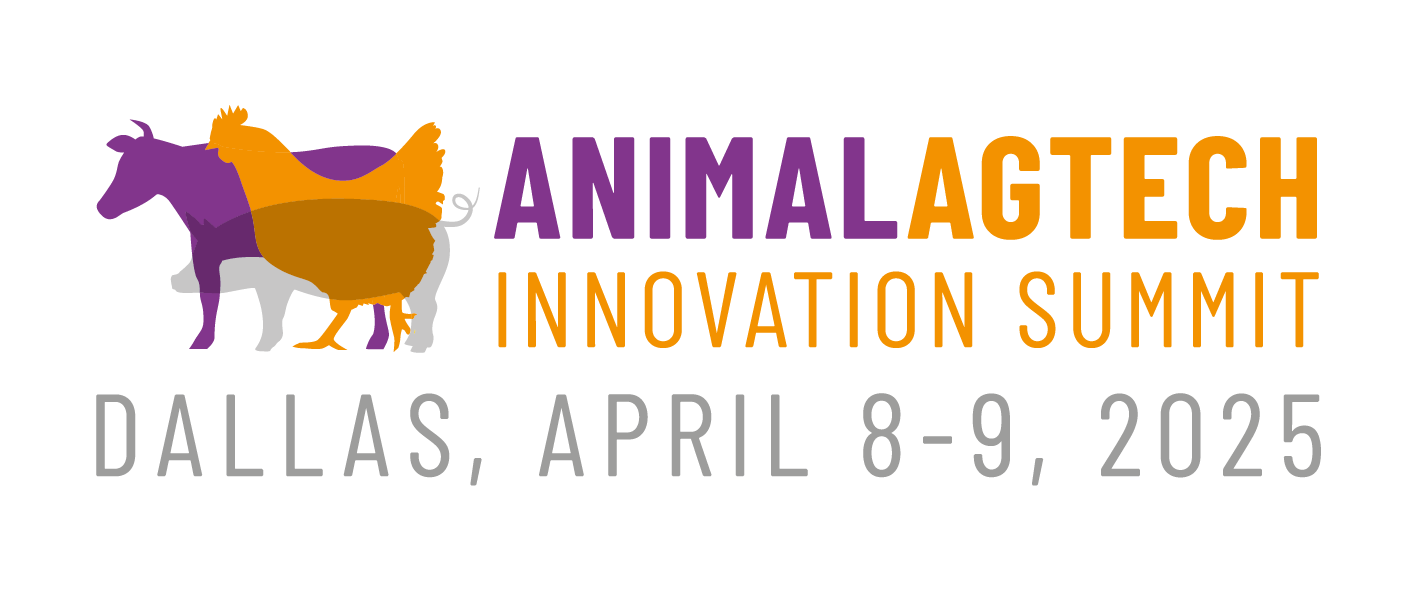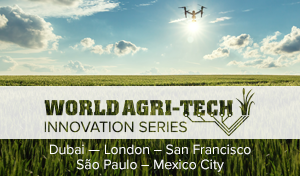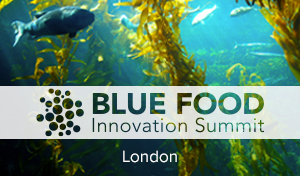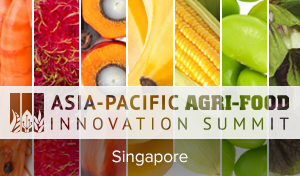Day 1: Tuesday April 8, 2025
- What strategies can be implemented to drive investment and innovation to meet the rising demand for protein while promoting responsible land stewardship?
- What are the key sustainability challenges facing animal agriculture across species, and how are large livestock producers incorporating collaborative research with academic institutions to implement climate-smart, productivity-enhancing practices into their operations?
- How can value chain partnerships drive resilient practices that balance environmental goals with short-term ROI, supporting farmers in the transition to sustainable and financially viable practices?
- What collaborative frameworks can bridge data-sharing gaps across the supply chain to drive efficiency and transparency?
- How can the livestock industry better align with shifting consumer preferences for ethically and sustainably produced animal products, and what opportunities exist for businesses to capitalize on this growing market trend?
- What are the latest innovations in novel animal feed and additives for improving animal health, and how widely are they being used? What factors influence farmer decisions to commit to a new product?
- In what ways are feed additive producers collaborating with animal genetics companies to enhance the feed conversion efficiency of their product?
- How are advances in microbiome research opening new business opportunities for developing feed additives that improve gut health and productivity? What gaps remain in the understanding of how probiotics influence gut health in livestock, and where does further innovation need to occur?
- What implications will the Innovative Feed Enhancement and Economic Development Act have on the landscape of research and development for novel feed and additives?
- What role does academic research and collaboration with universities play in accelerating the development and adoption of feed additives? How can findings be better translated into practical applications for farmers?
- How is the industry responding to private sector sustainability targets requiring the traceability of agricultural products? What strategies can incentivize livestock farmers to implement traceability technology while maintaining economic viability?
- How are technologies like geospatial monitoring, blockchain and data-sharing platforms used to provide consumers with verified information on food origins and sustainability practices? How can this technology enhance transparency in supply chains?
- Why is collaboration within the value chain crucial for Scope 3 reporting, and what challenges exist in verifying and improving the accuracy of the data collected at each stage of the value chain?
- What opportunities are there for farmers to leverage traceability data to earn revenue from credits and connect with sustainability-focused consumers?
- What insights can the industry glean from last year’s Bovaer adoption rates in the U.S and how should these inform future strategies for increasing methane inhibitor use?
- Which strategies, beyond methane-inhibiting additives, are being developed to reduce enteric methane emissions? Additionally, how advanced is research on combined reduction strategies, and how can these findings be applied on farms?
- What research-backed methods are needed to bolster a robust carbon credit market that benefits farmers financially and incentivizes methane reduction across the value chain?
- What opportunities exist for developing innovative methane reduction technologies, like vaccines and slow-release bolus systems, tailored for pasture-based systems? How can these effectively address challenges related to verifiable carbon credits and ensure long-term efficacy?
- How are livestock being integrated into regenerative agriculture programs?
- How do technologies such as virtual fencing facilitate regenerative grazing, and how can they boost farm profitability and sustainability?
- What are the challenges in quantifying carbon sequestration, and how are livestock operations integrating soil health monitoring technologies to track biodiversity and environmental benefits of regenerative practices?
- How do consumer preferences for sustainability influence the demand for regenerative agriculture products, and how can farms capitalize on this trend?
- How is climate finance being used to support the transition to sustainable agricultural practices? What tools are needed to quantify and verify impact in order to drive more investment in regenerative livestock farming?
- How can partnerships with research institutions support the quantification of the benefits of regenerative agriculture, and what additional studies are needed to refine soil health and biodiversity metrics?
- Where are farmers finding success with anaerobic digestors, and what support do producers need to adopt similar systems? How do public policy and regulatory frameworks influence investment and what cross-industry collaborations with energy companies are emerging?
- Which waste-to-profit models are most viable for livestock operations and what are the barriers to their implementation?
- How are livestock farmers working with local businesses to convert food waste into livestock feed, and what are the nutritional and productivity benefits?
- What funding structures can incentivize the adoption of waste management solutions across diverse livestock operations?
This session showcases local and international start-ups presenting innovative solutions to the core challenges facing animal agriculture. Companies will pitch their ideas to a panel of judges, followed by a Q&A session to explore their products, strategies, and vision for the future.
- How can farmers integrate carbon credit systems into their financial models to enhance long-term profitability?
- What challenges exist in validating greenhouse gas emissions reduction from gene editing and selective breeding, and how are carbon offsetting and insetting marketplaces verifying this data?
- How are supply chain stakeholders collaborating to account for the environmental impact of sustainable farming practices, and what measures are carbon trading platforms taking to verify and prevent double counting?
- How can sustainable farming practices create new revenue streams, such as carbon credits or eco-certified products? Can measurement platforms automate the quantification and validation of improved soil health and reduced methane emissions for carbon trading?
- How can investor confidence in Animal Ag be enhanced? What profitable and proven models appeal to investors traditionally hesitant about the sector?
- How can animal agtech start-ups and their investors secure funding beyond Series A and avoid the ‘Valley of Death’ between Series A and B?
- Should start-ups focus on scaling solutions to other species, and how can they demonstrate a large enough Total Addressable Market to VCs without overpromising on species expansion?
- How can animal agtech start-ups develop a robust scaling strategy given a conservative customer base and strict regulatory processes for health solutions? How can these strategies be adapted for international growth?
- How can partnerships with universities and research institutions support start-ups in refining and scaling their technologies? What role does academic research play in addressing the regulatory and technical challenges these companies face?
Day 2: Wednesday April 9, 2025
- What unique opportunities does Latin America present for North American businesses in livestock technology and agricultural innovation, and how can companies effectively enter and scale in these markets?
- How are Latin American agricultural markets addressing climate resilience and sustainability, and what role can North American investment play in advancing these initiatives through livestock technology and regenerative farming practices?
- What are the major regulatory and logistical challenges for North American companies looking to partner with or invest in Latin American animal agtech, and how can these be navigated to create successful cross-border collaborations?
- How can deeper, cross-continent academic partnerships contribute to research advancements that benefit livestock innovation and resilience?
- Concerns about ASF and H5N1 emphasize the need for better food defense, innovative vaccines, and regulatory processes. What strategies are being developed to prevent outbreaks, and how can One Health principles reduce zoonotic risks?
- How are innovations like engineered probiotics and CRISPR technology improving livestock disease resistance and reducing antibiotic use? Where are producers using targeted solutions to replace traditional antibiotic treatments?
- How can businesses and governments collaborate to create policies that support both disease prevention and economic growth? What roles do public-private partnerships play?
- Where are the opportunities to streamline the lengthy approvals process for new health products and shift towards multi-product portfolio for better ROI? Can fast-tracking mechanisms, similar to those used in human medicine, be applied to enhance approval timelines?
- How are gene-editing technologies, such as CRISPR and AI-driven selection optimizing breeding for disease resistance, environmental impact, and productivity? What profitability benefits can farmers expect from these advancements?
- How are biotech companies collaborating with farmers and research institutions to maximize livestock genetic potential and accelerate the adoption of precision genetics?
- How will new regulation from the FDA impact the development of genetically engineered animals, and how can companies producing new breeds of livestock ensure that their products comply with the agency’s oversight process?
- How are biotechnologies, like in-ovo sexing and hornless cattle, improving animal welfare and influencing consumer perception and acceptance of these technologies?
- What are the key challenges to achieving data interoperability across the supply chain, and what strategies can be implemented to address them?
- How can real-time data insights be made accessible and actionable for farmers to enhance their decision-making?
- How can PLF companies gain access to relevant and sufficient on-farm data? What incentives and rewards can be offered to farmers for collaborating on data-driven projects? How can this drive adoption?
- How can field-to-market data sharing be done securely, without compromising sensitive business information or risking competitive advantage? What steps can PLF providers take to build secure platforms and foster trust with farmers?
Elevate your knowledge and engage in meaningful conversations with industry experts. Join focused, interactive discussion groups to deep dive into industry-critical topics most relevant to you and your business. Each roundtable discussion group is led by an expert on a specific theme, providing valuable opportunities to network, brainstorm solutions and exchange ideas with peers on shared interests.
- How can farmers integrate precision data platforms with existing farm management systems to optimize feed efficiency, health monitoring, and resource use? What are the key challenges in achieving interoperability between various PLF hardware and software solutions to provide the most valuable user-friendly experience?
- How are smart sensors, wearable devices, and AI-powered video monitoring systems offering real-time insights into livestock welfare, such as early injury and disease detection? How are these early-warning systems helping to minimize the need for costly biosecurity measures?
- How can PLF Platforms help producers track and verify scope 3 emissions data, ensuring accuracy and verifiability? What opportunities exist for farmers to leverage this data to generate additional revenue streams?
- How are animal health and nutrition companies investing in PLF technologies to test and demonstrate product efficacy? What strategies can PLF start-ups use to collaborate with larger corporations in the health and nutrition space, to scale their solutions and grow their operations?
- How can AI-driven decision-making optimize farm operations, and what steps should producers take to identify the right use case for AI on their farm before committing to significant capital investment?
- What strategies can be employed to lower the capital investment required for farmers to adopt robotics and AI solutions? Are there opportunities for cost-sharing models or financial incentives that make adoption more feasible?
- What opportunities exist for partnerships between robotics companies, universities, and livestock farms to collaborate on the co-development of automation technologies that are tailored to specific farming needs?
- Which key farm tasks remain automated, and how can the integration of AI-powered software and external hardware reduce the need for human intervention, improving efficiency and resource management?
- How are methane reduction and sustainability efforts attracting climate-conscious investors to the sector? How can the industry capitalize on this momentum?
- How can public-private partnerships be utilized to drive investment into sustainable livestock production? What examples exist of successful partnerships, and how can these learnings be applied to future collaborations?
- How can corporate venture collaborate with specific ag-tech, climate, and animal health-focused investors to accelerate the development of animal ag-tech initiatives?
- In what ways can the animal agriculture industry better communicate its efforts to improve its environmental credentials and showcase its potential impact, to attract more investment in sustainability and productivity?
- How can investment funds focused on animal agriculture effectively communicate their goals and potential impacts to limited partners to attract additional financing for the sector?

 CLOSE
CLOSE







